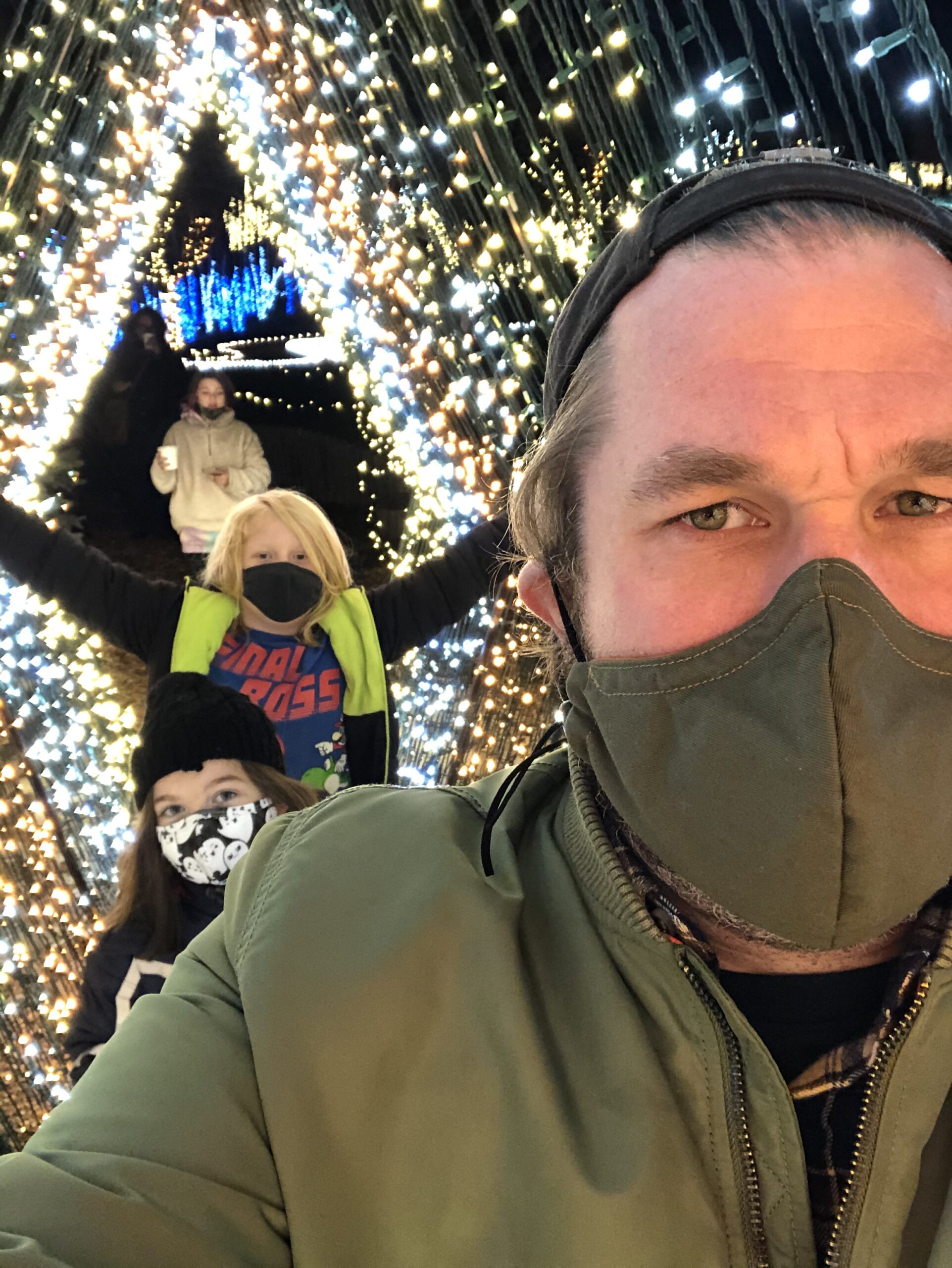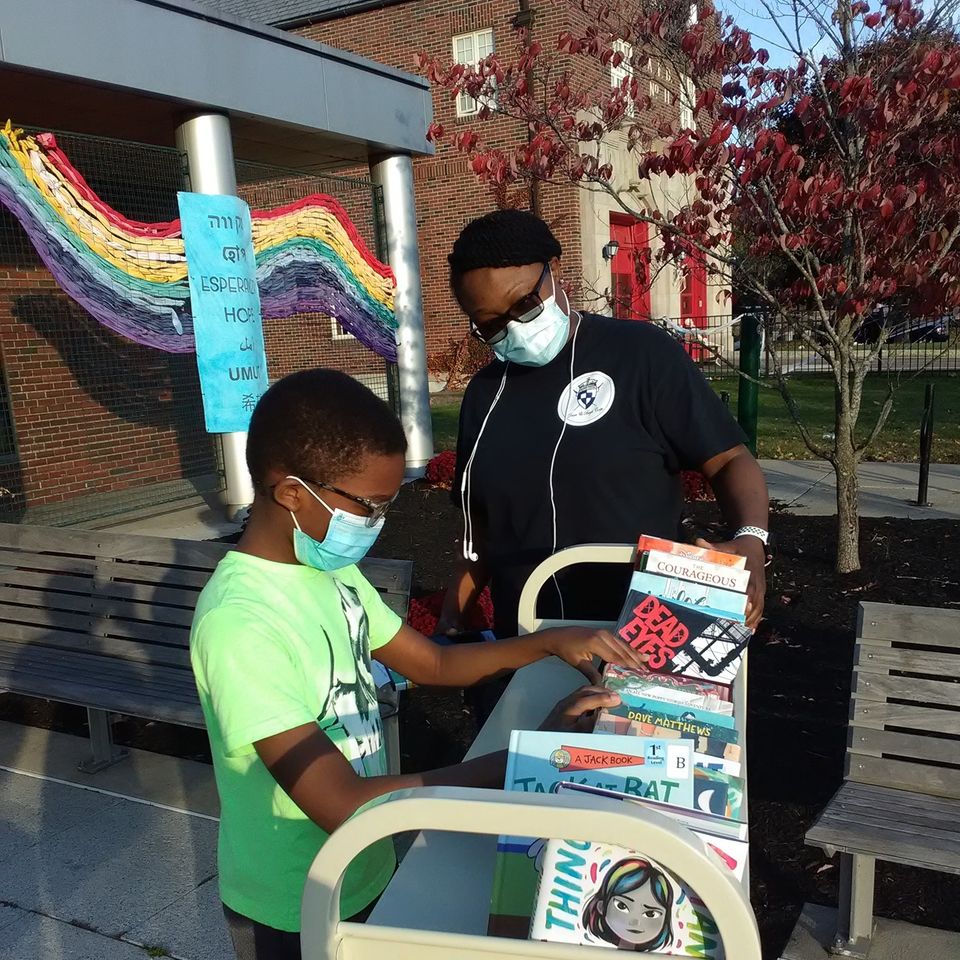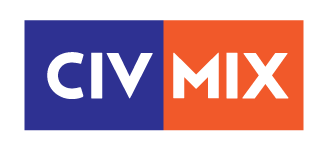
A rare Kakely crew pandemic road trip.
The original version of this went up on March 23, 2020, on my TU blog. We were two weeks into the pandemic. It was strange to go back and read it. Since then, the world has gone through so much, and COVID was just a part of the last ten months’ turmoil. The lesson here is patience, and I think it bears repeating. I am cautiously optimistic about the world right now, but as we have learned, there is a fragility that we can no longer ignore.
If you are curious about Albany Public Library (APL) and what services we are providing during the pandemic, I suggest reading the library’s Pandemic Operation Plan. You can also read my thoughts in the American Libraries article “Libraries Contemplate Re-Opening,” a piece I originally wrote for an association that is on my personal blog titled “Not a Flip of the Switch”. And there’s an APL blog piece, “POP Plans for Library Leaders,” on our site. I would also suggest reading EveryLibrary’s comprehensive advocacy guide for library employee vaccination.
—————————————————-
(March 2020) In February, my family visited my in-laws on their property in Virginia, helping my wife’s father build trails in the woods. For everyone in my family, minus my youngest, who has wholly embraced the urban/suburban lifestyle of Kakely Street, this is the ideal setting. We are rural people by nature. We had plans to do all sorts of activities. However, most of them were canceled to spend more time in the woods, enjoying the simpler and slower pace of life.
I was following the news in China, jokingly mentioning to my wife that it might be a reason to stay in rural Virginia for a while. I was concerned about a pandemic, and what had been going on in China seemed like it was becoming something in line with the last SARS outbreak. This is in no way omniscient of me. I am a constant worrier when it comes to any global event; I’m a child of the ’80s influenced by Alan Moore and shaped by genetics that are ripe with anxiety.
At the time, I had no idea that what was happening so far away would develop into the worldwide crisis it is now. Nor did I envision closing the library district for an unknown amount of time, spending months to come essentially sequestered in my home, and keeping a “Joey Ramone” distance from neighbors when walking the dog, uncomfortably waving and giving an embarrassed “how are you doing.” All while wearing a mask, thereby struggling to recognize friends and sometimes even family. But this was quick to become the norm.
This “pause” in everyday New York life was hard for all of us. After the pause, the ambiguity, well, that was even harder. For all of the rugged individuality we claim as Americans, we truly are a social culture, even those of us who identify as anti-social. We enjoy the freedom of movement, the ability to spend time with friends and strangers whenever and however we choose. By nature, I am an introvert, yet I have always had an odd streak in me where I enjoy being around people. This is why I love libraries. You can be a part of a hive without talking or engaging with anyone.
It’s moments like this where you realize how much you value your freedom. The ability to run an errand when bored, grab a cup of coffee, or swing by a friend’s place of work. As one of my trustees put it, “We have lost spontaneity.” Today, even going to Stewart’s is a calculated endeavor. What mask will you wear? Should you double that mask up? Maybe get lunch at one, instead of noon to avoid a line?
Friendships have become complicated. Should you bubble? Who can you bubble with? Can the members of the bubble come into your home? And it’s made even harder by the fact that my friends are incredibly close, and so am I, to our neighbor friends on our block.
There were many Twilight Zone moments during the pause. We followed a stringent protocol when ordering food. Pickups went right in the trunk, and delivery people were treated as if we, and they, were possibly radioactive. For a good three months, we stripped the food out of its bags in the garage, using gloves, and dumped food onto plates, then washing our hands like a pair of surgeons. We had a very similar scenario for mail.
When Lindsey was still working her job in a retail outlet, she would change out of her clothes in the same garage. Running straight into the shower, and swabbing her nose with peroxide. At one point, we looked at each other with a similar expression, was this real life? Since then we have eased many of our restrictions, but everything still seems risky. Not just the fear of getting sick, but getting someone else sick.
I often wonder what life will look like in a year. I think about the small things I miss. When will I be back at my Jiu-Jitsu gym? What will live music look like? I also think about how libraries will fit in all of this. What will our service model look like in the coming years? We are all in for a significant, but ultimately temporary, social change that will leave us with a world that seems oddly similar and noticeably different than the one we once lived in.
We can’t let this fear overcome us. We can’t get angry and reject the things we have to do out of fear and impatience. We need to take a page from the Roman philosophers, the Stoics. We have to accept that we are not in control of the outside world right now. We have never been. There is only one thing we can control — ourselves — and how we view and react to the world.
———————–

Patrons enjoying an outside pop-up library.
(February 2021) I wrote this in March and it is still true today; we need to find the things in our life that slow us down. I don’t want to lose some of the adaptations I have made in my life. Facetiming with my mom every day. Eating dinner as a family, at the same table. Watching movies together. Playing guitar again. Walking my dog. I spent most of the spring, summer, and fall walking Ripley. We can now claim to have walked every block west of S. Main, discovering neighborhoods and streets I never knew existed. I fell back in love with the city.
We made another discovery this summer. Our neighborhood was full of kids. Kids of all ages on bikes, skateboards, and scooters going up and down the block at all hours of the day, and some of them were not our kids! I honestly had no idea there were so many families
I’ve also been working, and so has my staff. We are looking to see what we can do now, and in the coming weeks and months, to bring more library services to our patrons. It has been incredible to watch how my staff have pivoted to serve the community, all while facing the same issues personally.
The frustration about library service is tangible. The question “When will you be open?” can never be met with the answer people want — an actual date. Although the COVID numbers look pretty decent right now, I cannot in good conscience provide a specific day for when we unlock the doors again for full operations, because everything is a question mark. For some people, those with the internet and a cell phone, library services continue in the virtual realm. For those without, the doors of the one place that provides them with that connectivity is effectively closed. But not without good reason. My hope is that library employees, all workers, will be a part of a later vaccination schedule, which will hasten a full opening.
We need to carefully plan our actions as we come out of this global crisis. We should all be doing this, everyone from local leaders to neighborhoods and households. We can look to history for an outline because this world has been through a global pandemic before. When I wrote this originally, I was a strong advocate for a safe and scientific approach to everything we do. I believe this even more so 10 months in.
We can make a lot of connections to the COVID-19 pandemic and the 1918 Spanish Flu. While I don’t think we should become complacent, we need to recognize what a difference 100 years can make. Medical science, the internet, communication technology, and the lack of a world war put us light years ahead of society a century ago. The simple fact that people are starting to be vaccinated for a novel virus in under a year is remarkable.
I do not think our experiences will be the same as our ancestors. However, we should look at some of their best practices that worked. The two best examples are social distancing and not gathering in large groups. We are adapting them to our modern world, but need to do so at the pace and with the patience of the people of that time.
There are so many things that just a year ago would seem strange that are now close to normal. Masks, distance, and interaction with a screen. My family has been relatively lucky. While friends and family have come down with the virus, they have survived with their health intact. I know others are not so lucky.
For me, this isn’t easy. I’m a jump-to-action person. I enjoy a radical change in the face of challenges. Right now, the most radical way we can (re)act is with patience. I look forward to the days where I am not listening to virology podcasts or checking the daily positive test rate. When I can sit in a coffee place and just breathe for a few minutes. We aren’t there yet, but we are certainly closer than I thought we would be.

Recent Comments